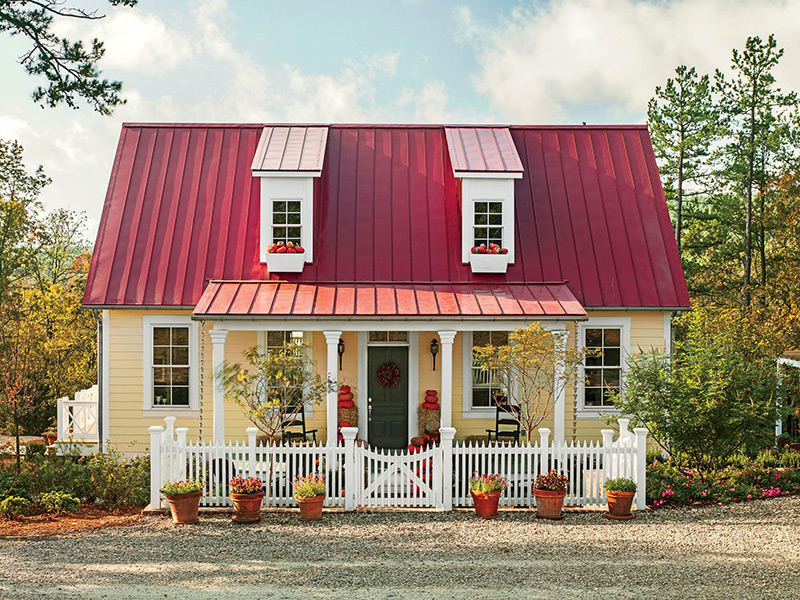
Are you planning to purchase an old home? Old houses tend to cost less than modern builds. Additionally, if you’re the type of person who appreciates the nostalgic appeal and charm of an older home, then this will be a gratifying choice for you. Although older houses bring undeniable historical character, there are a few things you need to be aware of before buying one. Here is a list of important things to look for when buying an old house to avoid running into trouble.
Materials
The very first thing you should check before buying or moving into an old house is the presence of harmful building materials. Generally, houses built before 1978 are known to contain lead-based paints and asbestos. These chemicals pose a danger to both children and adults. Therefore, if you find the house to have these chemicals, you need to hire a professional to remove them before you settle in.
Foundation
The foundation of a home plays an important role in its overall stability—it’s what the entire structure sits upon. Many old houses tend to have foundation issues due to tear and wear, seismic waves, wet soil or tree root activity. In order to make the house livable, you need to hire a structural engineer to inspect and repair any damages or cracks. Experts can assess the situation and ensure the foundation is properly restored.
Roof
The roof is another common problem among old houses. If a house is very old, the roof shingles likely have depreciated and become less effective. Depending on the roof type the house has, its quality and efficacy can deteriorate based on weather, maintenance and quality of installation. Consider reaching out to professionals in your area to get an estimate on repair or replacement.
Electrical
Unlike modern homes, older ones usually have old electrical connectivity, which cannot withstand modern usage and appliances such as HVAC systems, computers and televisions, to name a few. Therefore, you need to ensure that the connection is updated before you finally move in. Among the areas to pay attention to are knob and tube wiring. These kinds of wiring were common in the early 1900s and are likely to be no longer effective.


